‘Sleeping Dogs’ is a multilayered murder mystery film helmed by director Adam Cooper. The story follows a former cop with Alzheimer’s who begins to look into old case files and finds a potential blunder made by the police in a murder investigation. Roy Freeman is a retired homicide detective who is undergoing experimental treatment for Alzheimer’s and struggles to remember important details of his life. He is asked to keep his mind active to accelerate recovery, which leads him to revisit an old case.
He reopens an investigation into the murder of Dr. Joseph Wiederhe, which he cannot fully remember, beginning to piece together a trail of evidence that rules out the man convicted in the case. Instead, he finds a suspicious pattern in the mysterious disappearance of everyone associated with Dr. Wiederhe. With an intricate storyline, mismatching incidents, and uncertain memories, the gripping narrative of ‘Sleeping Dogs’ sparks curiosity regarding its inspirations.
Sleeping Dogs is Based on a Novel
‘Sleeping Dogs’ is based on Romanian author E.O. Chirovici’s novel, ‘The Book of Mirrors,’ which has been adapted to the screen by Adam Cooper and Bill Collage. The film’s story is largely faithful to the book, with a few significant shifts in narrative style, perspective, and timelines. The case and the characters in either are works of fiction. Chirovici is a versatile author who has written books on history, psychology, historical fiction, economics, and anthropology, along with murder mysteries.
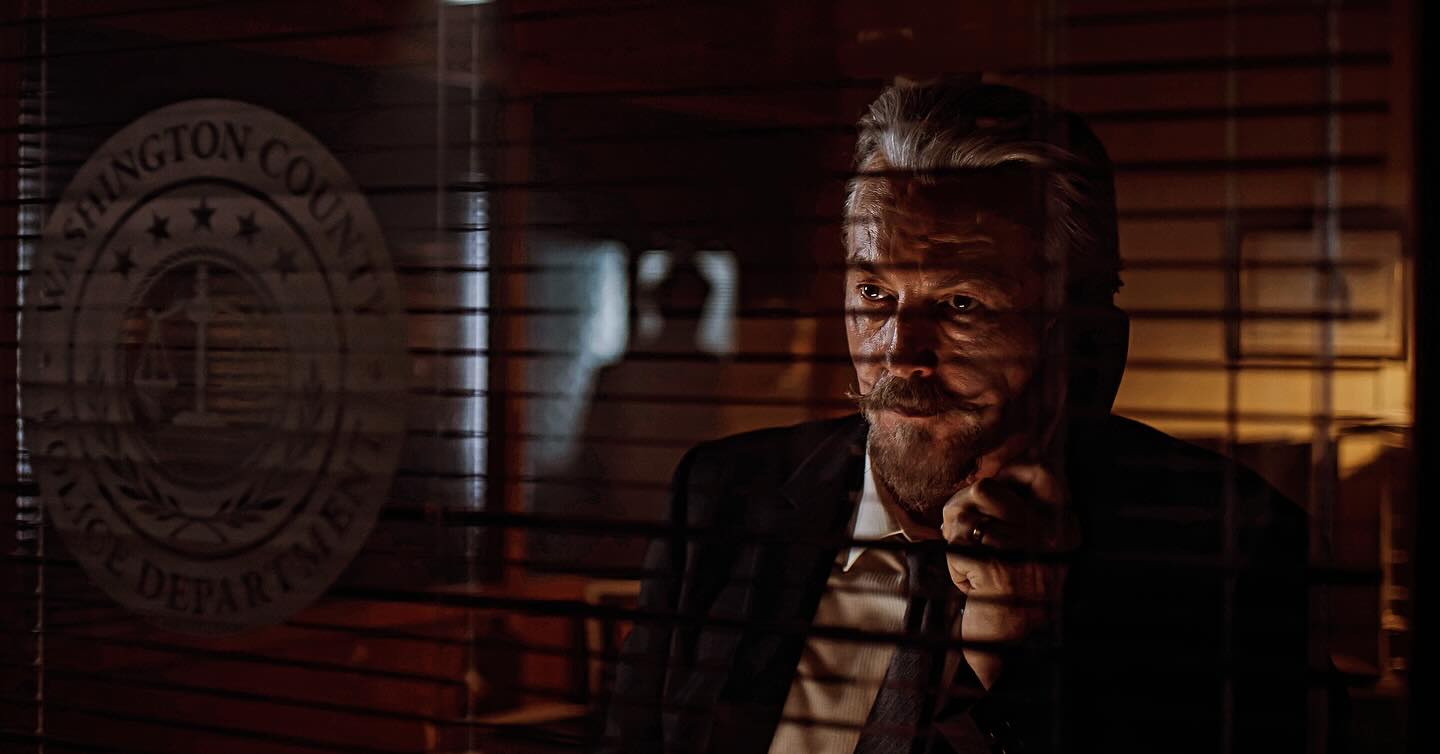
Chirovici is a versatile author who has written books on history, psychology, historical fiction, economics, and anthropology, along with murder mysteries. When asked about his source of inspiration to begin his fictional stories, the author said he starts each book with a mental image. From said image, Chirovici derives the narrative style, themes, and characters, fleshing his inspiration out into a full-fledged narrative. “Talking about ‘The Book of Mirrors,’ that image was of a young guy, a college student, coming home from school and finding in the kitchen, a new tenant,” revealed the author in an interview. “It was apparently a very dull image… But I knew that there is a story inside.”
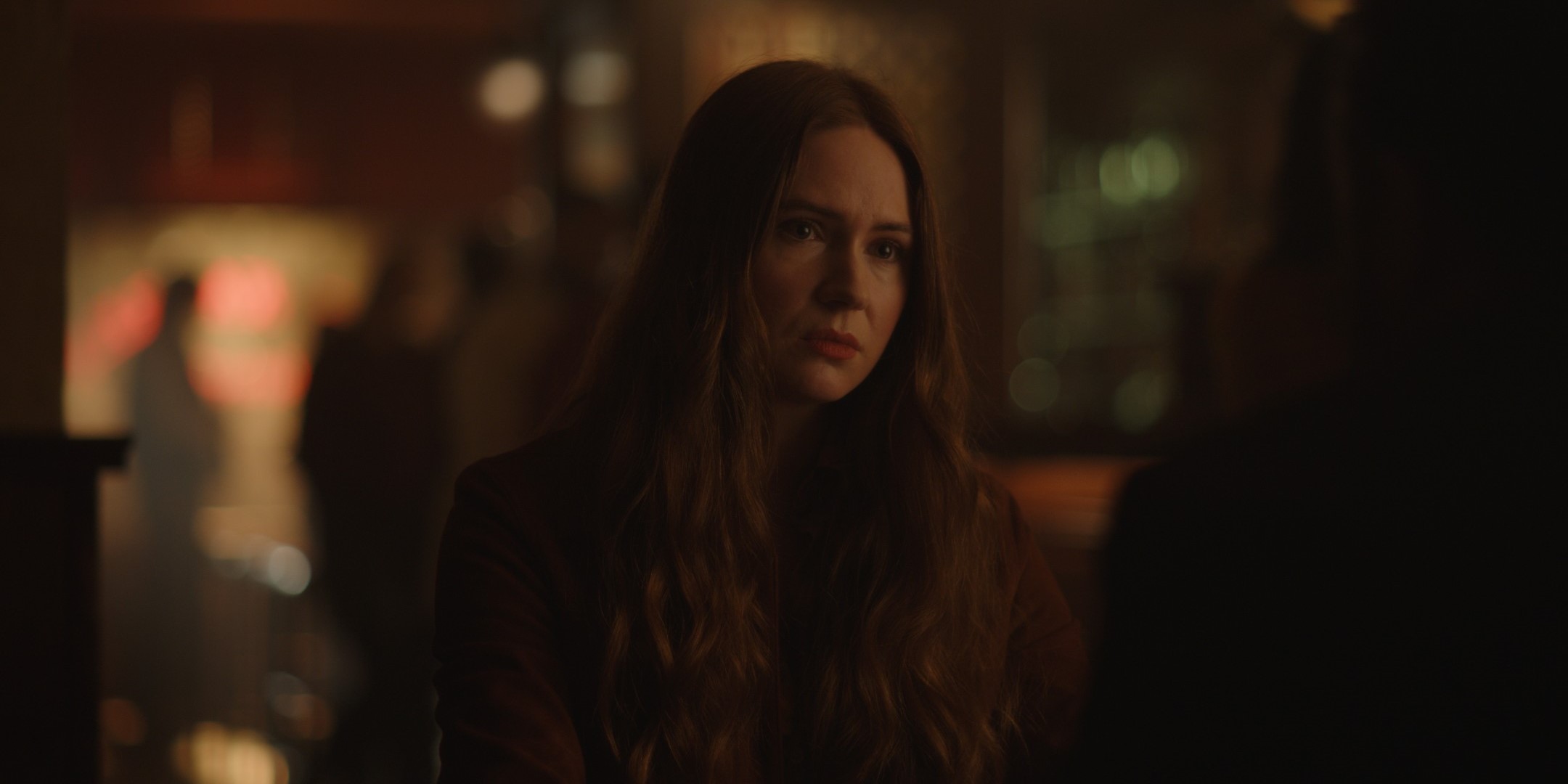
Adam Cooper and writer Bill Collage have extracted the murder mystery storyline pretty much intact from the novel, with the suspects, their motivations, and the twists remaining largely unchanged. However, the character of Roy is central in the novel’s third act, whereas the film follows the entire narrative from his perspective. The film’s creatives chose to essentially begin the movie from the book’s third act.
The novel’s first act follows Richard Flynn’s manuscript submission to a literary agent, explaining his relationship with a psychology student named Laura Baines, whom he suspected was having an affair with the famed professor Joseph Wieder. His manuscript ends with a brief description of the professor’s murder. The second act follows freelance reporter John Keller, who gathers data about the case to write a book but abandons the project, fearing backlash. The third act follows the former detective Roy Freeman, who begins his inquiry because John Keller had talked to him about the case a few months ago.
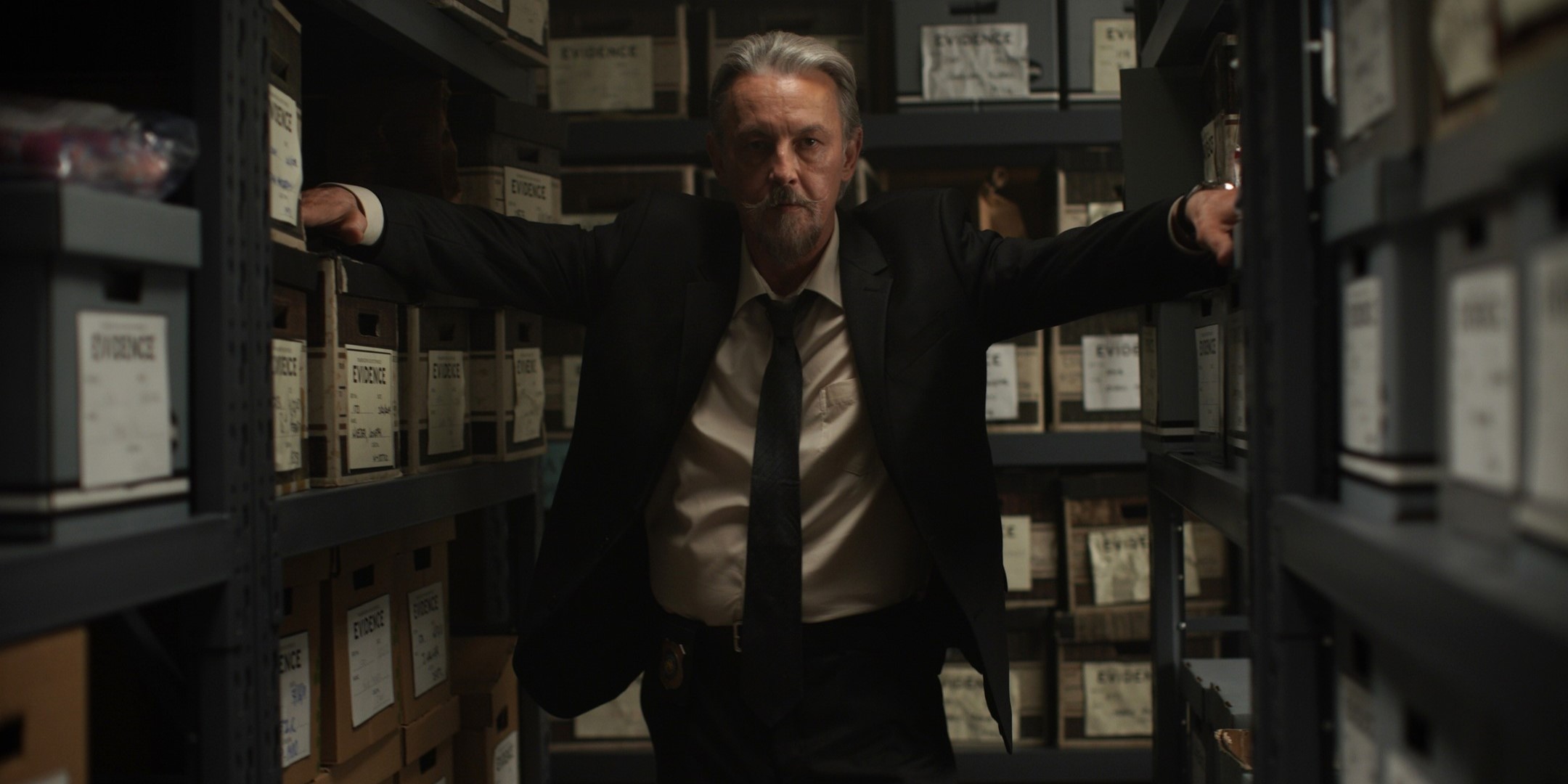
The decision to base the film around Roy Freeman was made because Adam Cooper and Bill Collage found the detective with Alzheimer’s a unique and compelling lens to view the events surrounding the murder. It may have also taken too long to develop three different storylines surrounding a single event and cohesively merge them into a seamless narrative. “It was definitely hard to keep track of, and particularly in the end, bring it all together when you have all those different threads,” said Adam Cooper in an interview. “We are dealing with a present-tense narrative where a character is exposing the past, and at the same time you’re dealing with other characters’ perceptions of the past; it was definitely a lot to keep track of.”
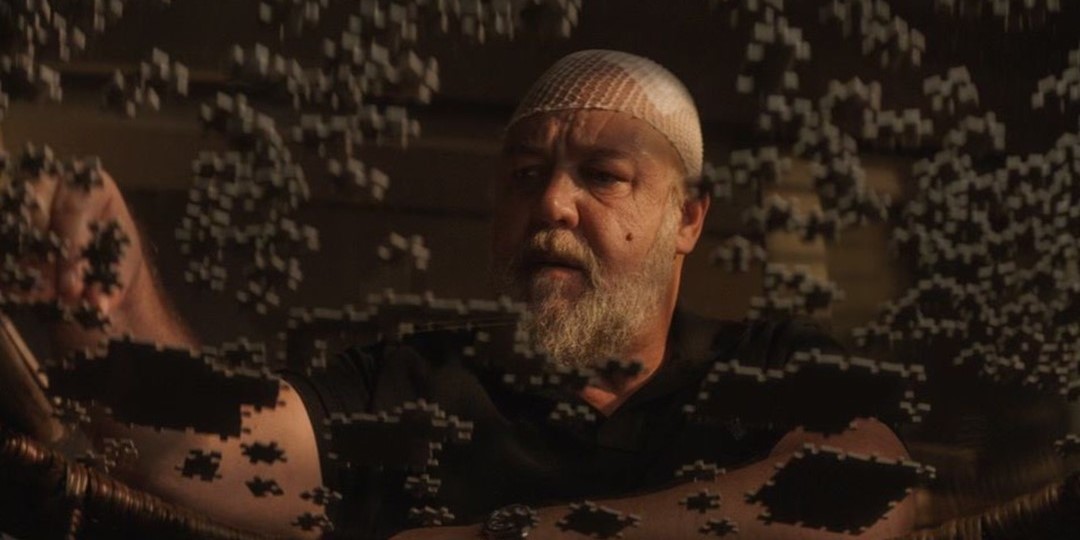
The director also expressed that novels rely on frequent internal monologues, which is something that needs to be effectively adapted into a film. It can be done by translating elements of internal monologue into the plot or by using it to inform characters, indirectly conveying the internal monologue. ‘Sleeping Dogs’ is a fictional tale created by prolific Romanian novelist E.O. Chirovici. He was inspired to write the story based on a single mental image of a college student coming home to find a new tenant in his kitchen. While the author’s book weaves a murder mystery by building it up with three central narratives in three acts, the film essentially jumps to the third act in favor of clarity and characterization.
Read More: Best Murder Mystery Movies on HBO Max

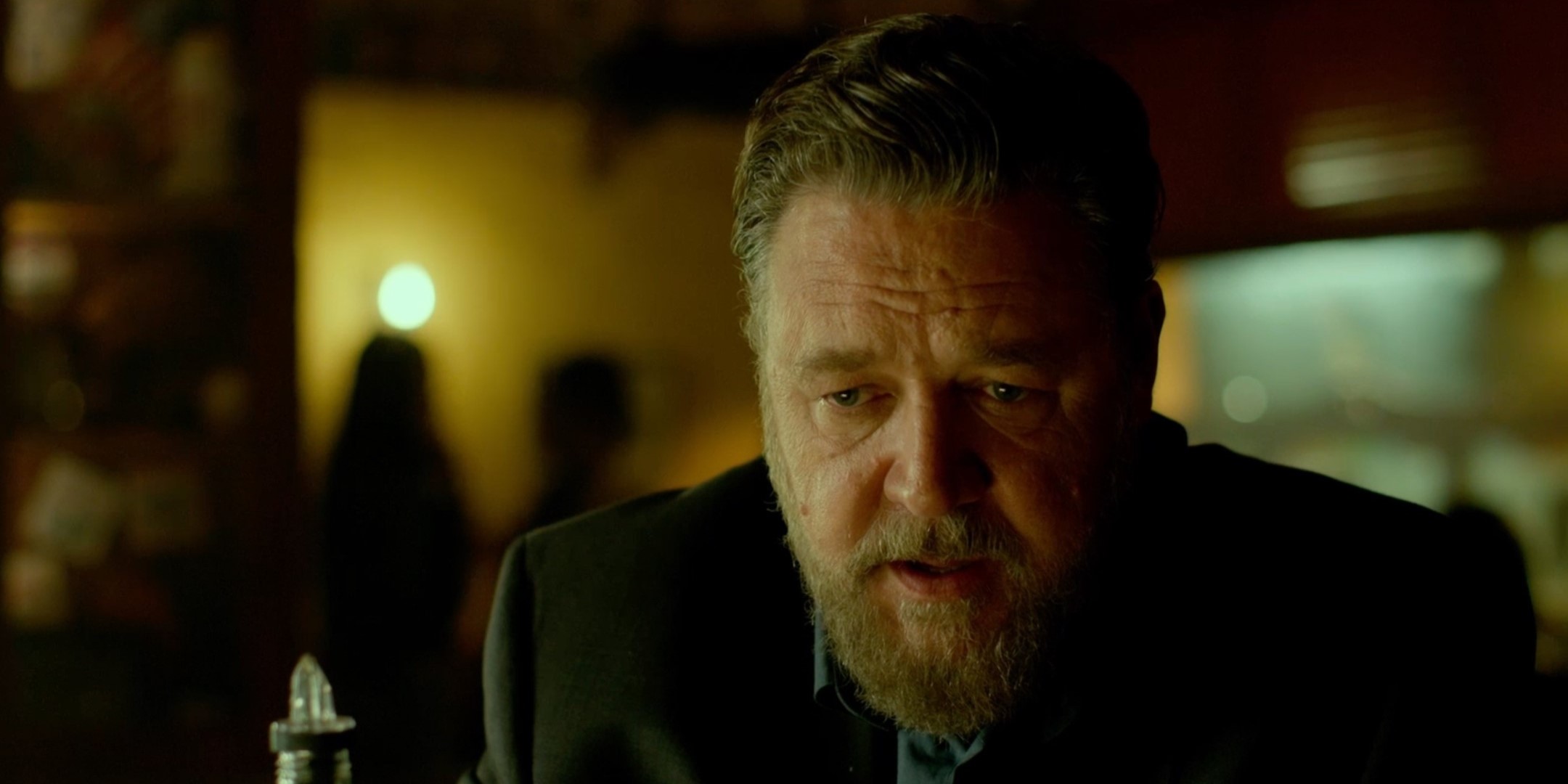
You must be logged in to post a comment.